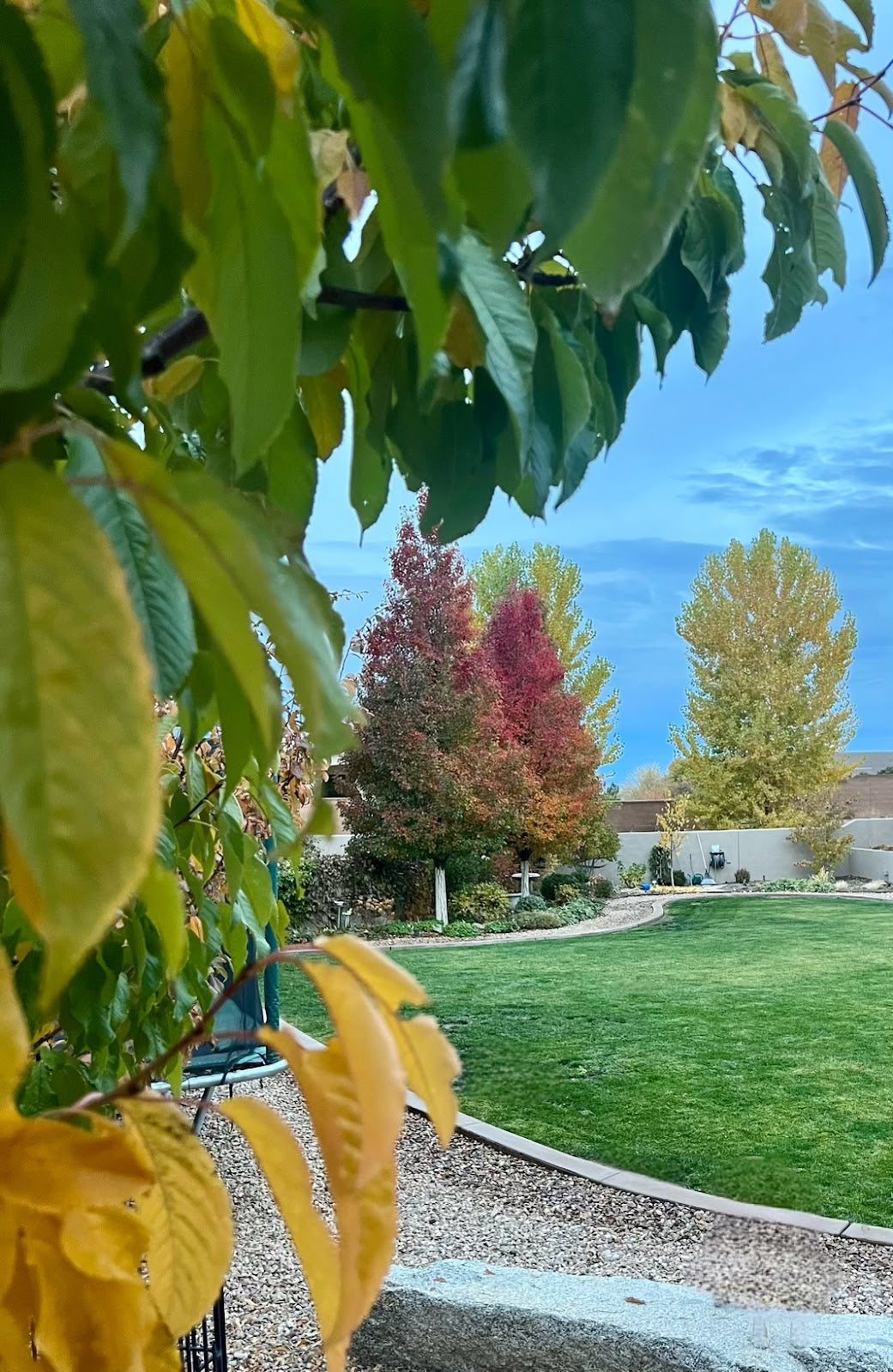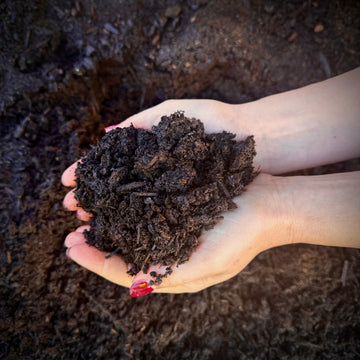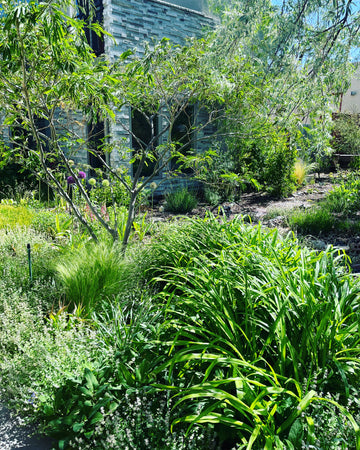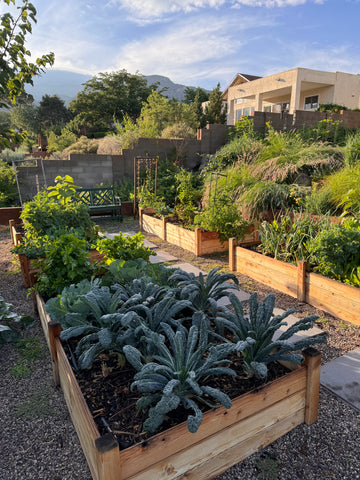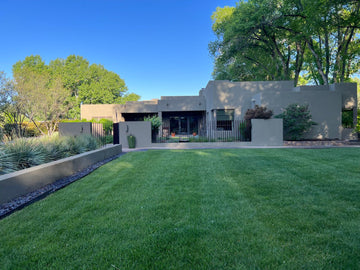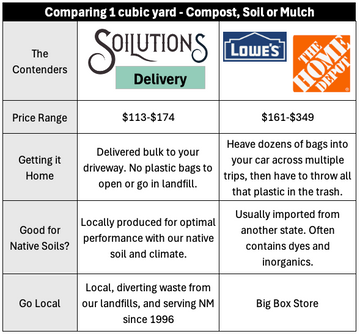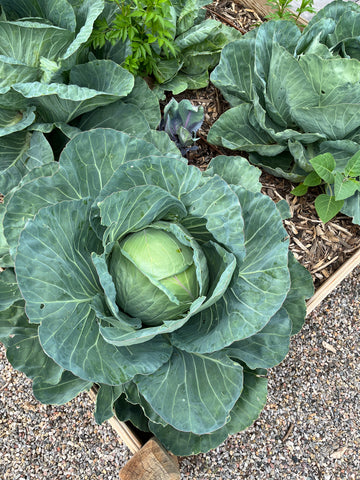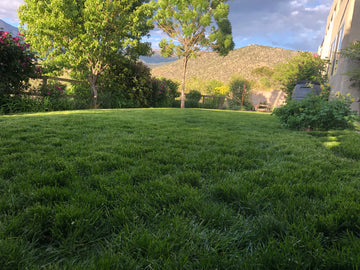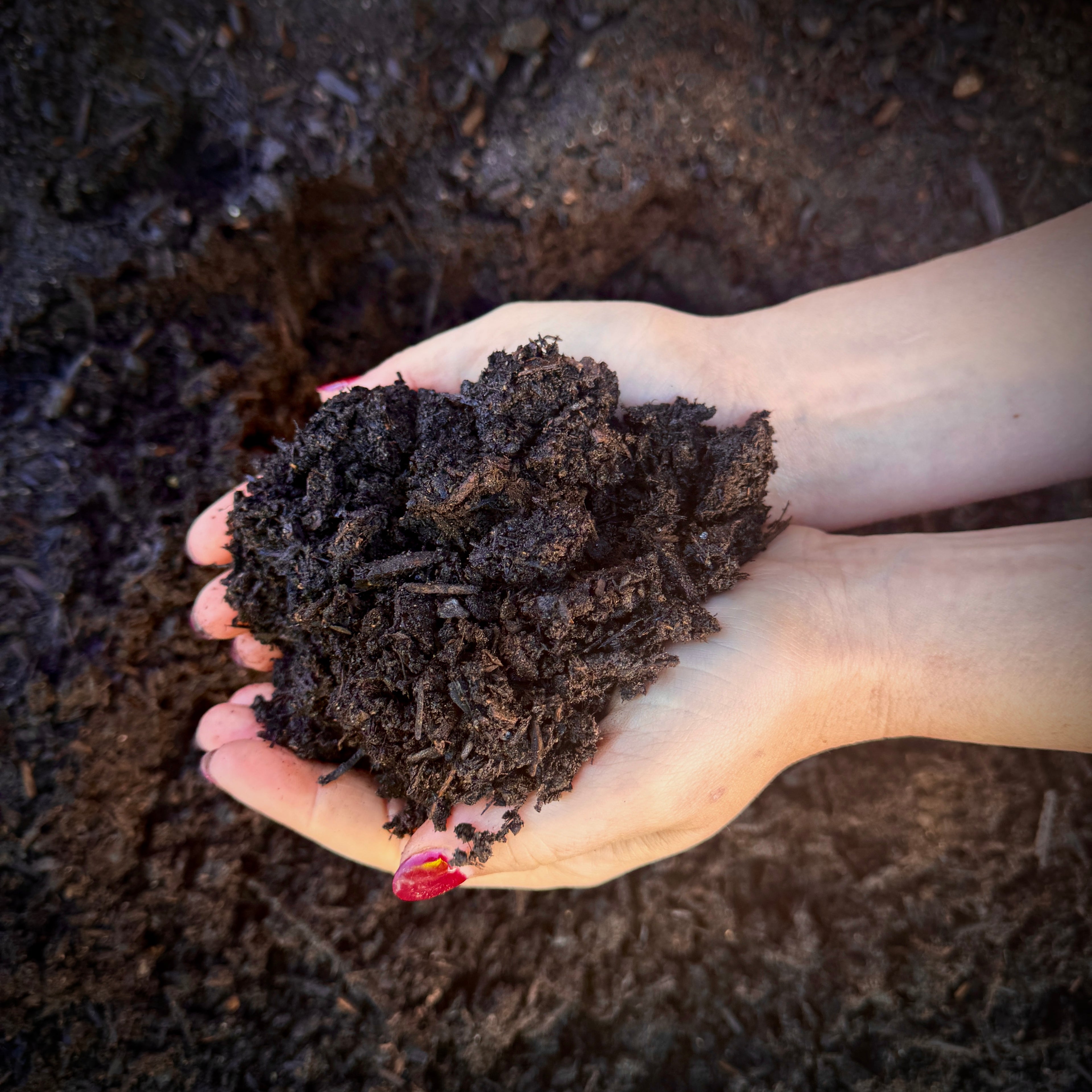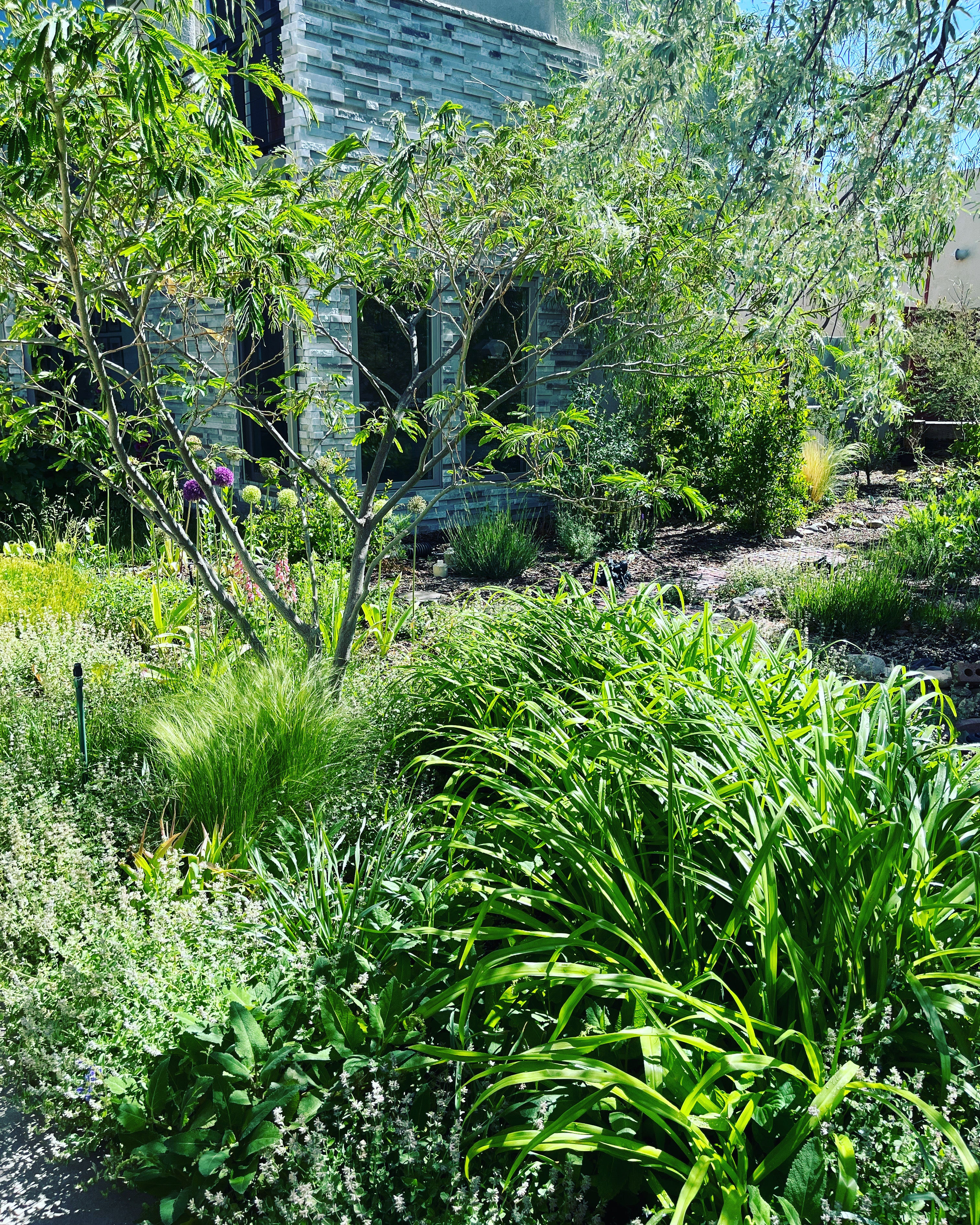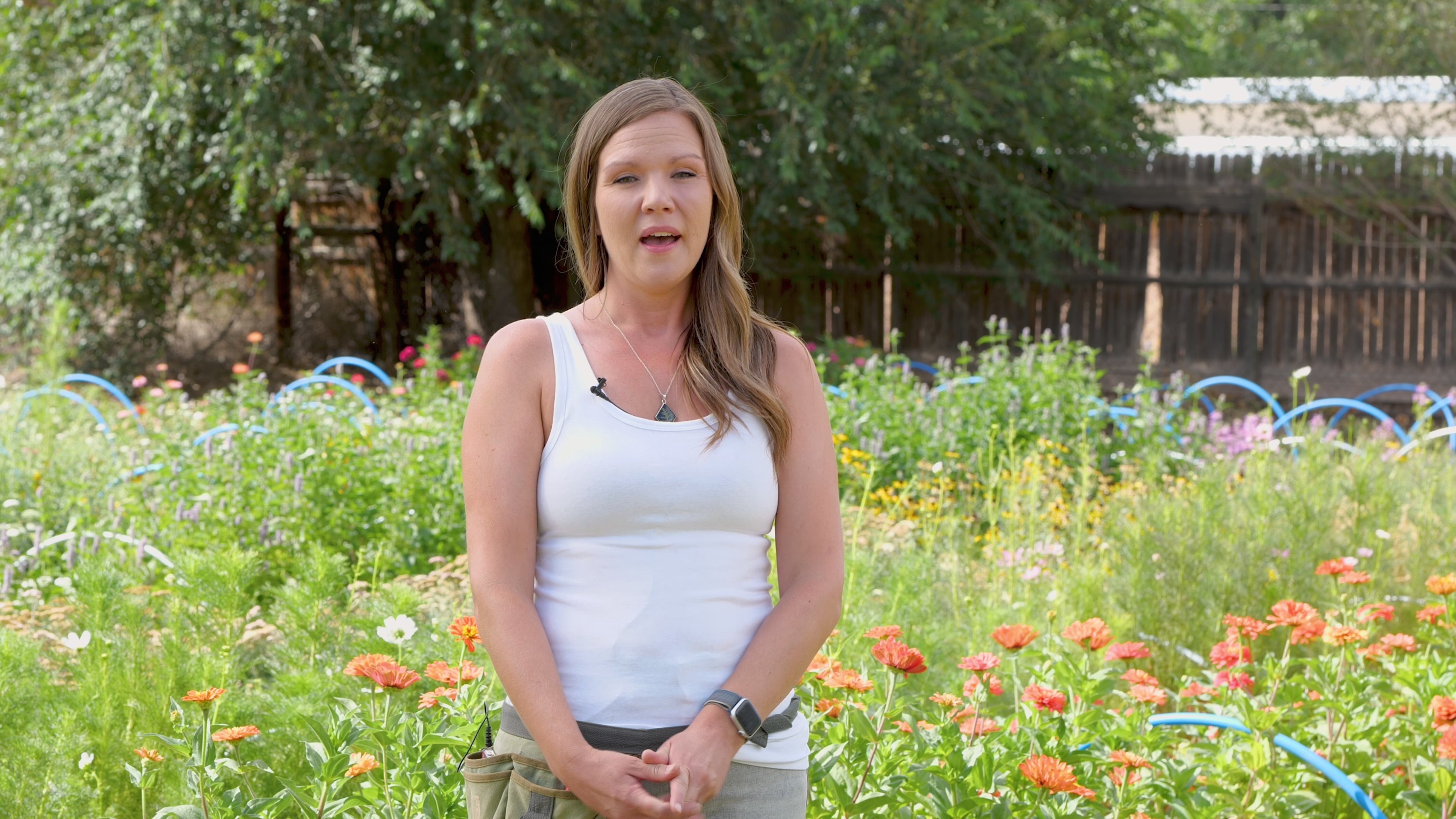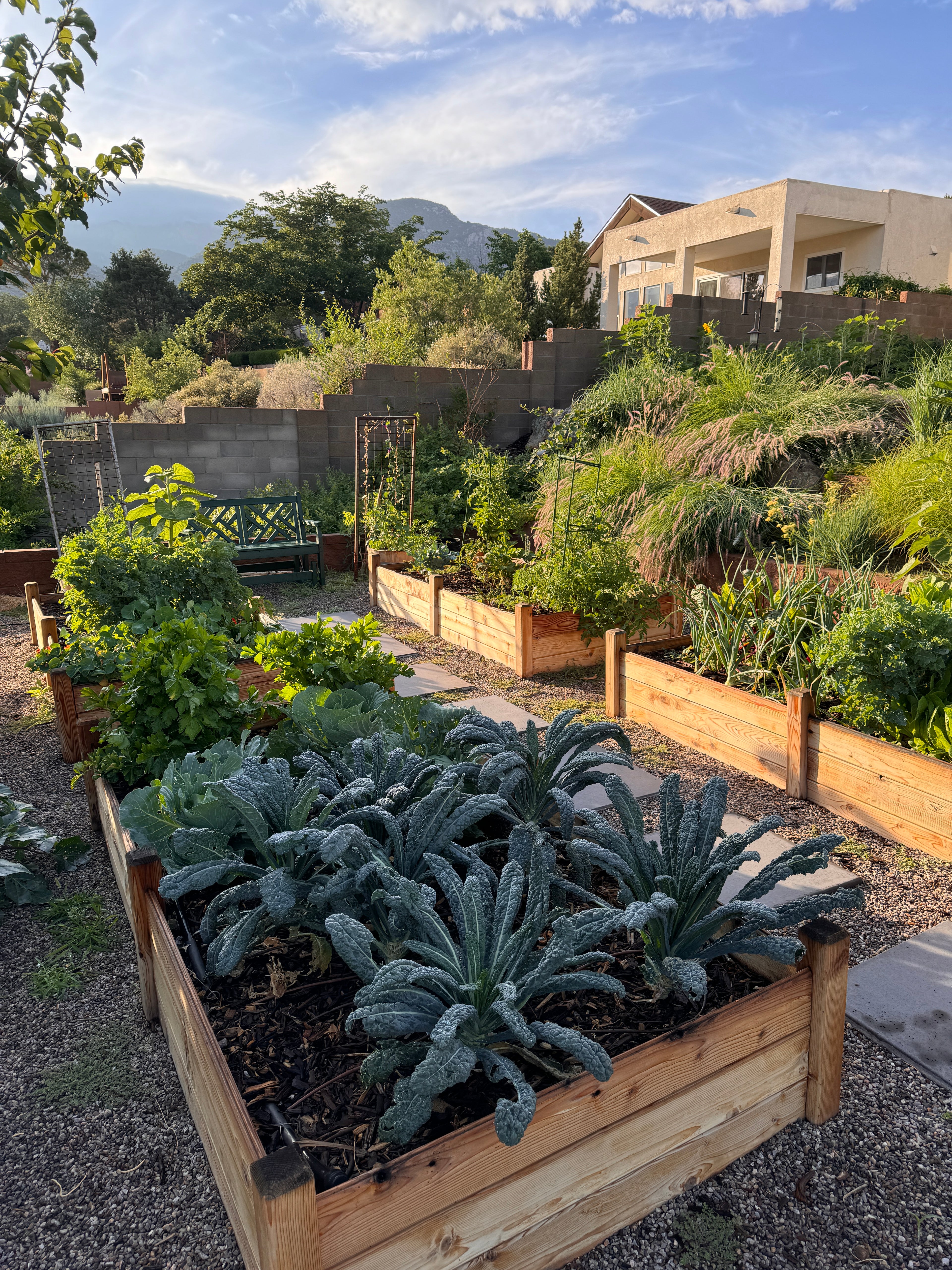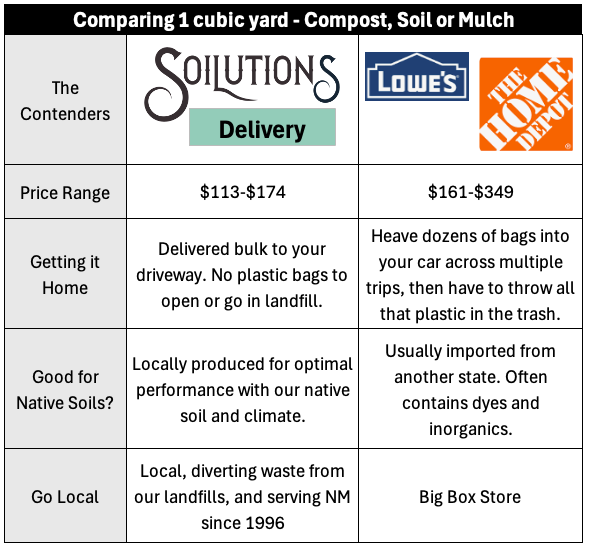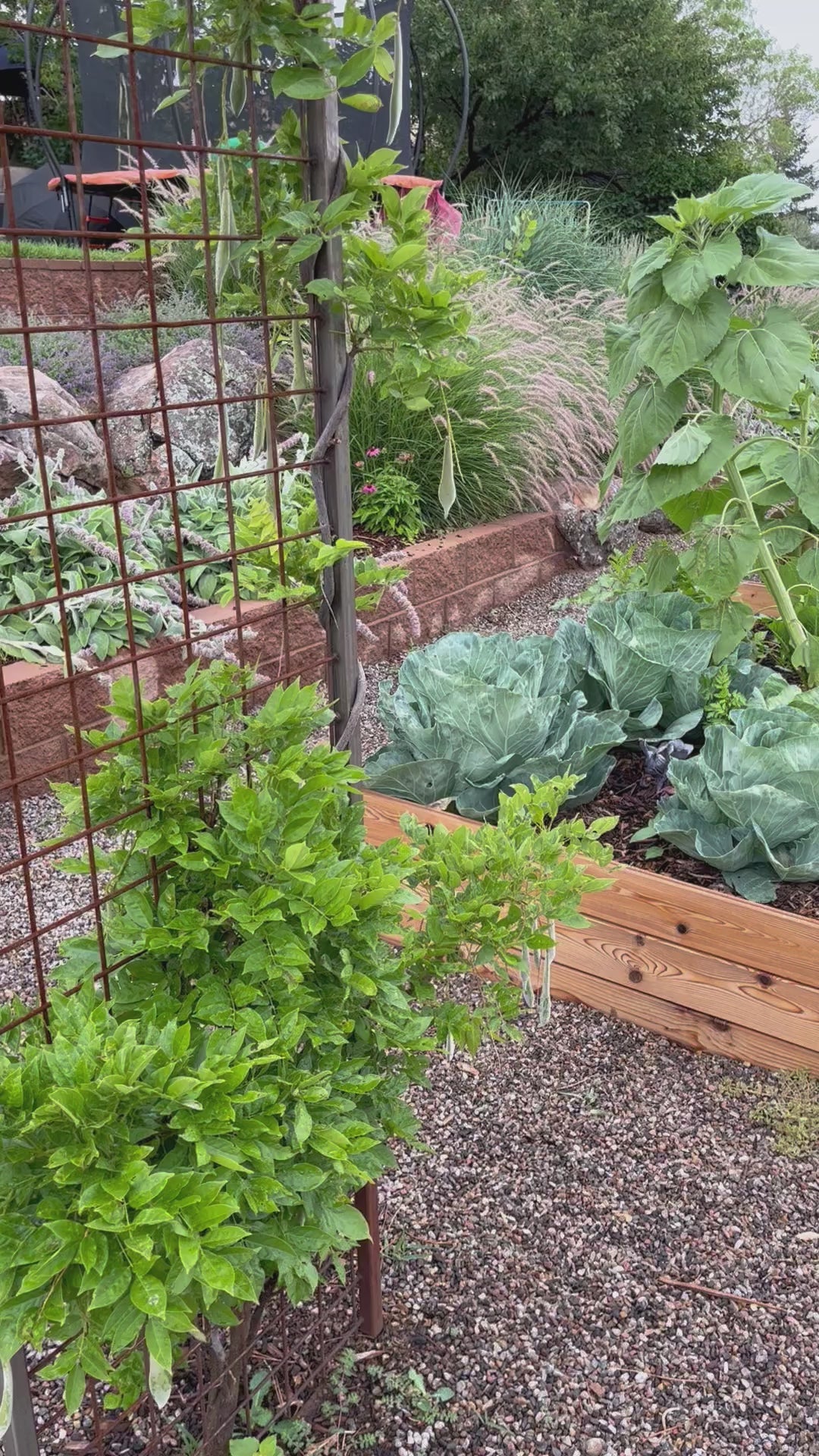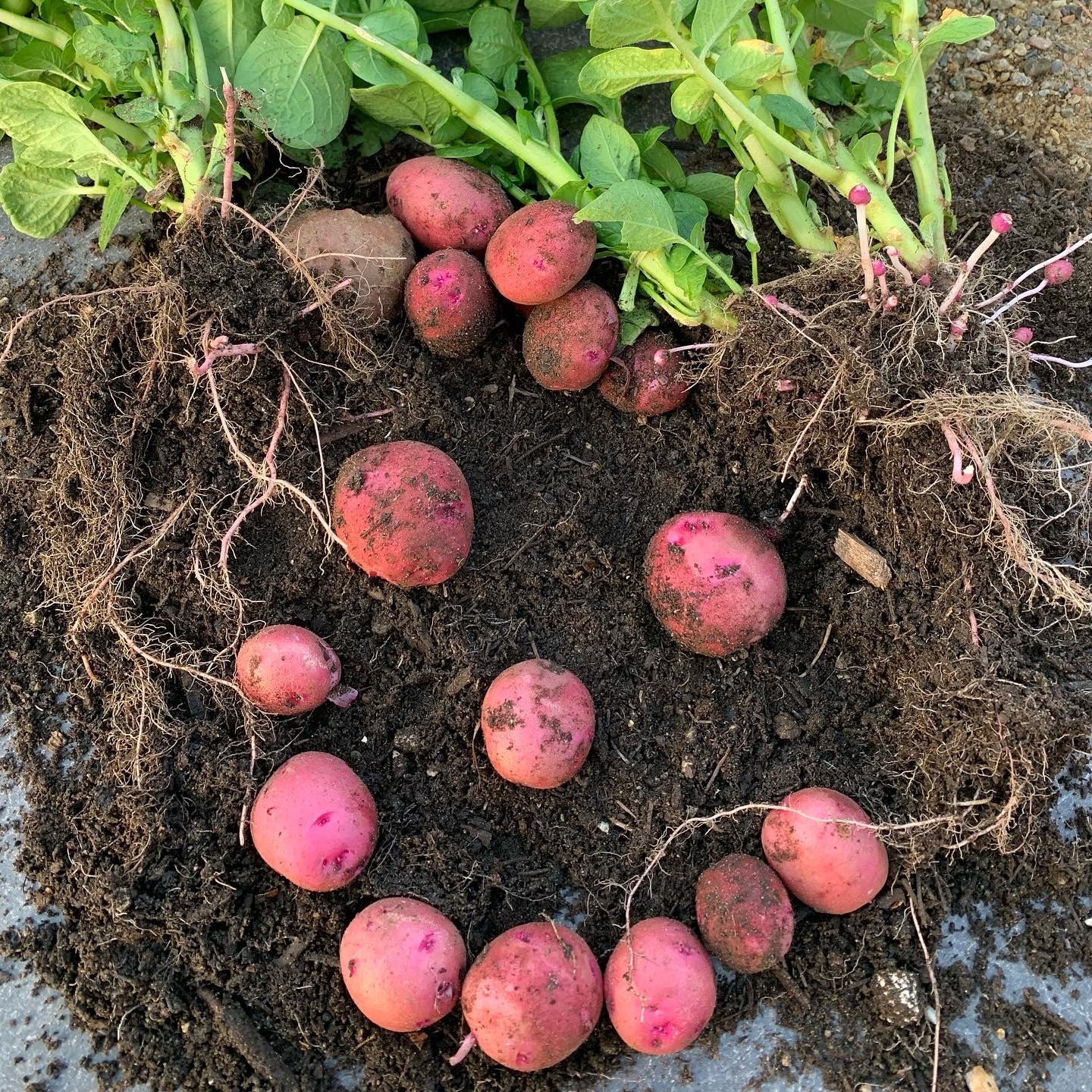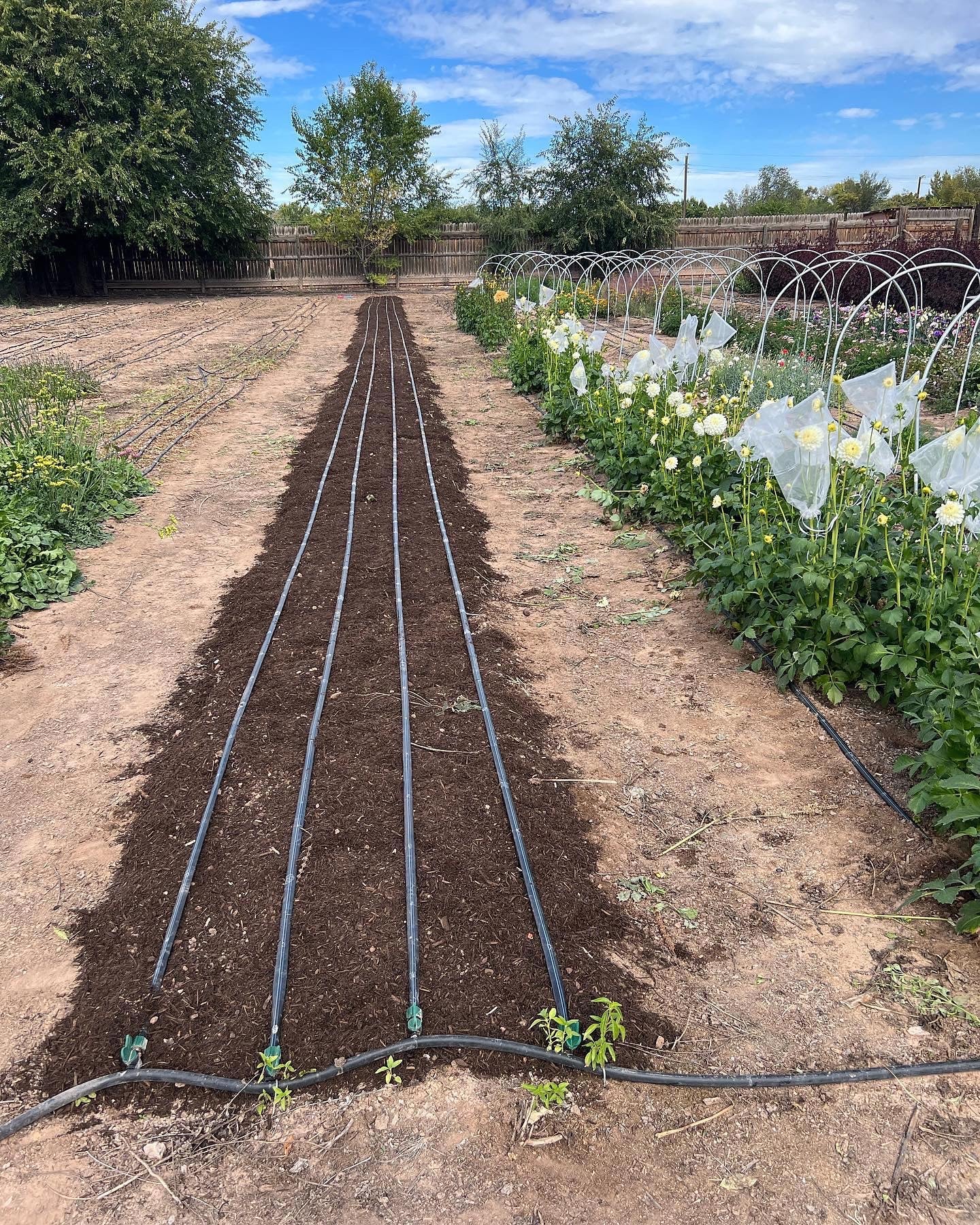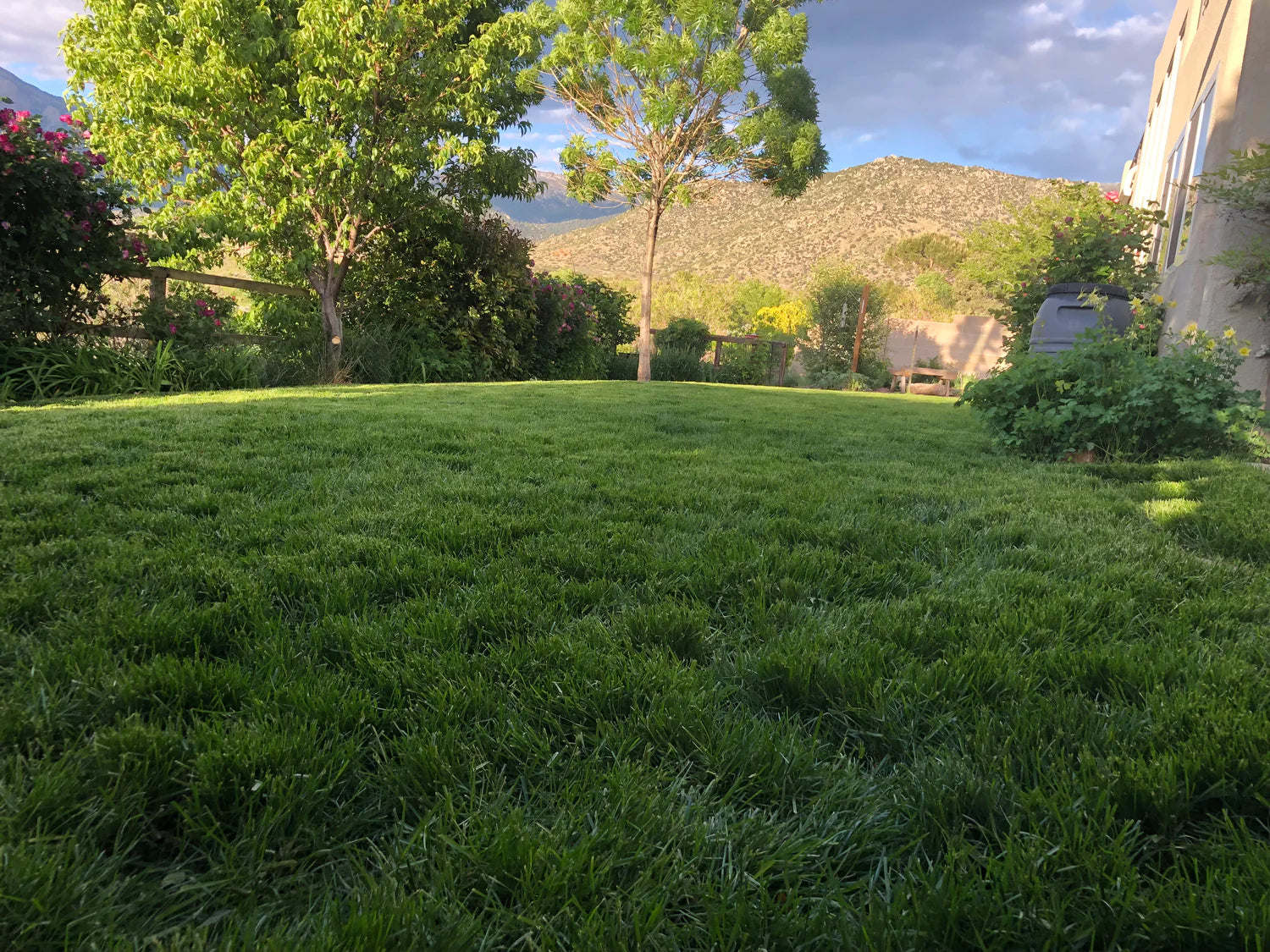By Wendy Blair, Expert Gardener, Instagram: @505garden
Established trees add so much value to your home and landscape. If you want to keep your trees happy, healthy and long lived - follow these simple guidelines.
Watering for Mature Trees
The number one thing you can do for your mature tree is to make sure it is getting the appropriate water. For most trees in the greater Albuquerque area, it is recommended to water 1 time per week to a depth of 24” in the summer. This is different in the winter, spring and fall. Please refer to www.505outside for watering guides for trees, plants and lawns. Also, make sure the tree is receiving water all the way out to the drip line of the widest branches. Watering your tree at the base of its trunk is not sufficient. The natural drip line of the tree is the area under the outer circumference of the tree branches. Note: the drip line is also the reach of your tree’s roots underground. Where you placed your irrigation for your tree when it was newly planted is not necessarily the best location for watering now that it is mature.
Incorporate a MULCH ring
If you like it, then you should put a ring around it…
A wide, thick layer of mulch around the drip line of your tree is one of the best things you can provide your established tree. Installing mulch in a ring around the tree, under the drip line ensures the roots of your established trees are protected from the wide temperature fluctuations of the high desert. Mulch keeps roots cool in the summer and warmer in the winter. Mulch is also imperative in helping to retain the water you give your tree. Moisture in your soil can be lost in our windy Spring weather as well as in the extreme heat of the summer. Mulch helps keep in more of the water you give your trees! Using mulch made of organic materials, like chipped and shredded wood also improves your soil as it decays. As a bonus, mulch (in a nice, thick application) also deters weeds!
We suggest using Soilutions Forest Floor Mulch in a 3-4” layer around your mature trees. This natural mulch is made from arbor chips and 10% of our Soilutions Compost added for extra nutrition for your trees!
Note: don’t place mulch against the trunk of your tree. Piling dirt or mulch against your tree can cause the trunk to stay moist and damage its cells. While a tree’s roots are designed to hold moisture, the trunk is not.
(Tree Ring mulched with Soilutions Forest Floor Mulch around mature piñon trees)
Prune Wisely
Pruning is a very important service when it comes to older trees. Dead, decaying or diseased branches should be pruned immediately (any time of year) as soon as they are noticed. When a tree has a struggling limb, it sends energy to that limb to try to restore it. By removing the struggling limbs, you are enabling the tree to put its energy into the overall health of the tree. It also helps to keep your house and your family safe.
In smaller varieties of mature trees, cutting out dead limbs can be easy. However, It’s wise to hire a trained professional, preferably a certified arborist, to prune any large mature trees in your landscape. Improper pruning can kill your tree. If the professional you call for advice on your trees recommends “topping” your trees, call someone else. Tree topping is an outdated, and even dangerous practice that ruins the natural structure of the tree, eventually killing it.
How and When to Fertilize Mature Trees
Most schools of thought do not recommend fertilizing mature trees every year. That being said, if your native soil is poor, an application of compost every other year is a good idea. Compost will help put organic matter around your tree and encourage microbial activity in the soil. Beneficial soil microbes perform fundamental functions such as nutrient cycling and stimulating plant growth. Both of which can help the health and longevity of older trees.
When applying compost, follow the same guidelines as in mulching your trees. Apply the compost (about 2” thick) in a ring around the drip line of your tree. We recommend our locally made Soilutions Compost. There is no need to pull back a natural wood mulch. You can compost right over the top of the existing mulch. Make sure to water your compost in after applying it. If you are applying new compost and mulch to your established tree, put down your compost first.
Keep an Eye on Your Trees
If you suspect an issue with your older trees, call a certified arborist. They are the most qualified professionals who can spot problems early and recommend measures to prolong your tree’s life.


